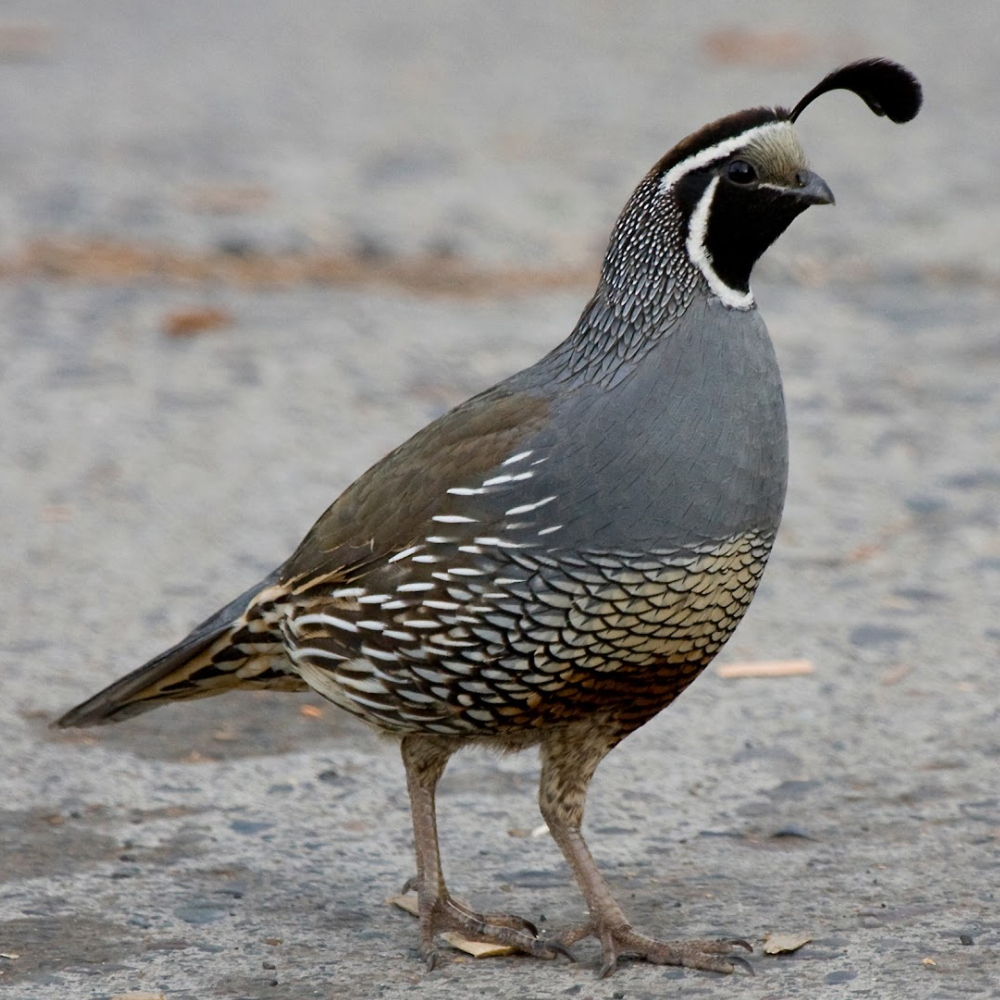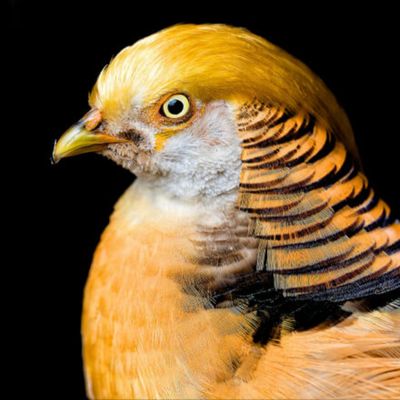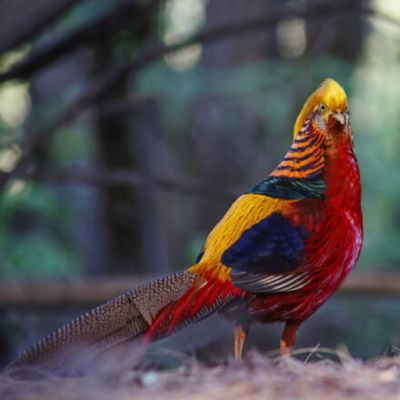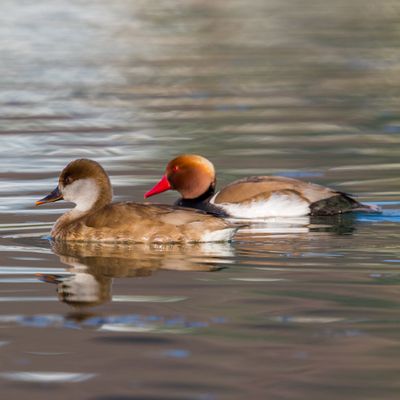California Valley Quail Juvenile Pair
California Valley Quail Juvenile Pair
IMPORTANT ORDERING INFORMATION: Juvenile and adult quail are shipped on Wednesdays, USPS Priority Mail Express, and will typically arrive in 1-2 days at your local post office. Juvenile and adult quail are not available for pickup. Wings can be clipped upon request.
California Quail, also known as Valley Quail, is the state bird of California. They originate in the foothills and forested regions of the Northwest United States, and California. They prefer sagebrush, chaparral, and oak woodlands.
California Quail are well-mannered and very tolerant of people, however, they are known to run for cover if scared or alarmed, so it’s best to approach your flock calmly. They will do quite well in an aviary setting, as long as there are plenty of shrubs and smaller trees. They do prefer to scratch for food on the ground in sunnier spots, so open areas are helpful.
California Quail have plump, round bodies covered with a gray plumage featuring a scaled appearance to its’ underside, breast, and belly. A unique characteristic of the birds’ look is a forward drooping plume of feathers on the top of the head. This feature is noted on both sexes, although the male's head plume will be longer than the female's. The males have some white outline markings on their black faces, whereas the females will have a lack of facial markings. These very sociable birds flock together in smaller groups called coveys and will tend to dust bathe together.
California Quail spend a lot of time scratching the ground foraging for food. Their diet consists mainly of seeds, leaves, insects, and berries, though you will want to provide a standard game bird feed as well. Additionally, they will also eat acorns, flowers, and bulbs.
California Quail shrubbery cover or open woodland areas for breeding with shallow nests built on the ground. Females will lay clutches of nearly 12 dull white eggs, with females potentially laying more than one clutch in a season. Incubation time is 22-23 days. The offspring will associate with both parents, and occasionally families will group together in common broods. These birds have a number of different calls, with vocalizations being different during the breeding season.






